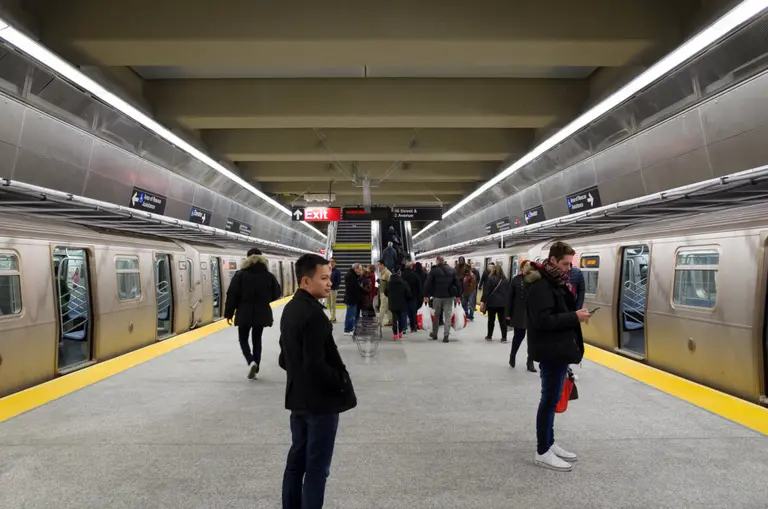
The 96th Street subway station on Second Avenue Subway when it opened in 2017. Photo by Charley Lhasa on Flickr.
Hochul wants to extend the Second Avenue Subway west into Harlem
details here

The 96th Street subway station on Second Avenue Subway when it opened in 2017. Photo by Charley Lhasa on Flickr.

Image courtesy of Governor Kathy Hochul on Flickr
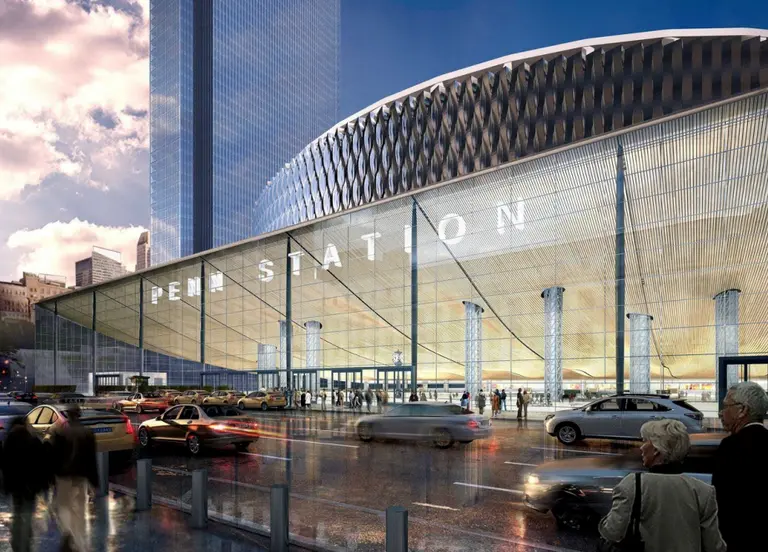
Rendering of a new entrance on 8th Avenue to Penn Station, part of the Empire Station Complex via Gov. Andrew Cuomo’s office
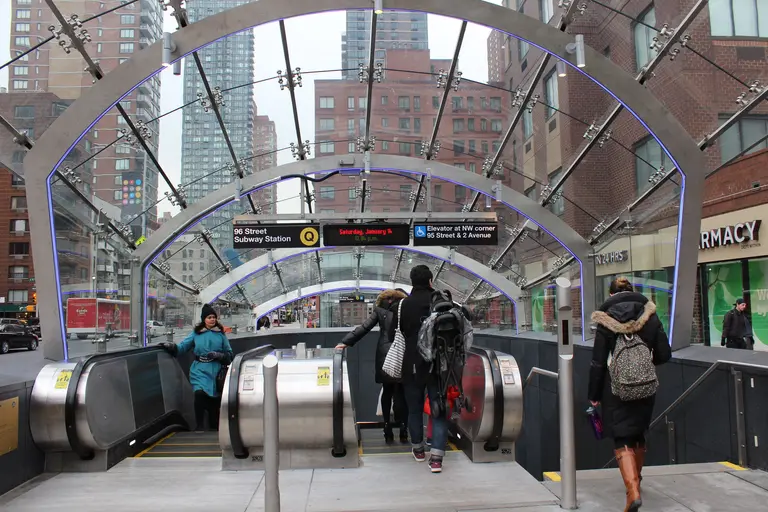
Photo by Shinya Suzuki on Flickr cc
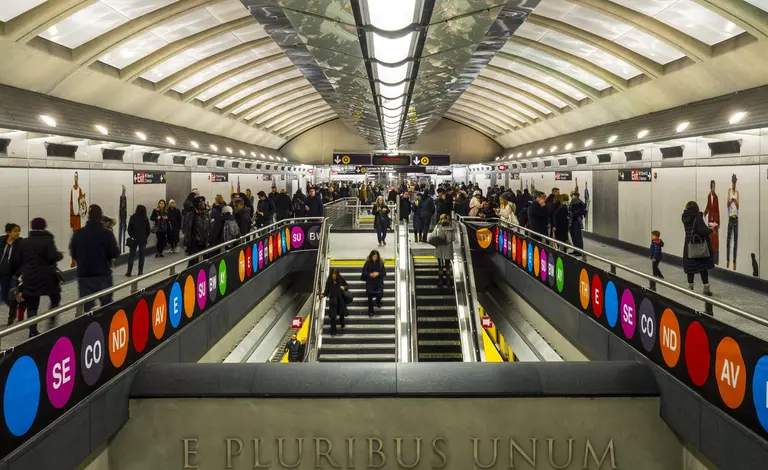
Photo via jseliger2 on Flickr
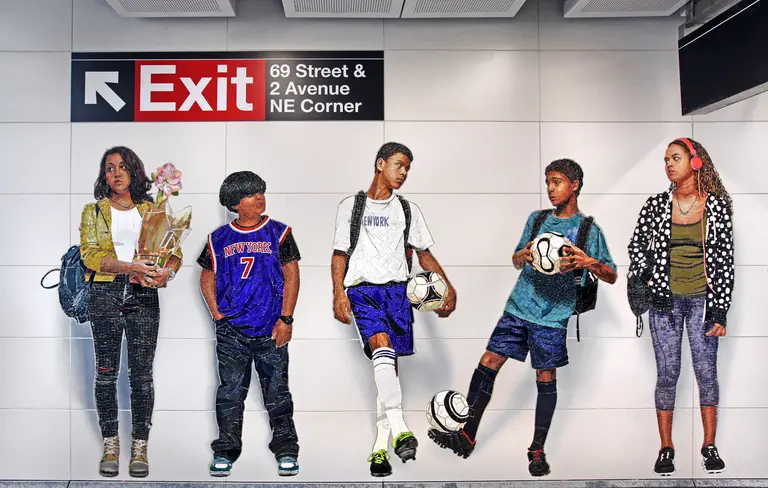
Photo via MTA/Flickr

Via Flickr cc

Photo via Flickr cc

Photo via Flickr cc

Photo via Flickr cc
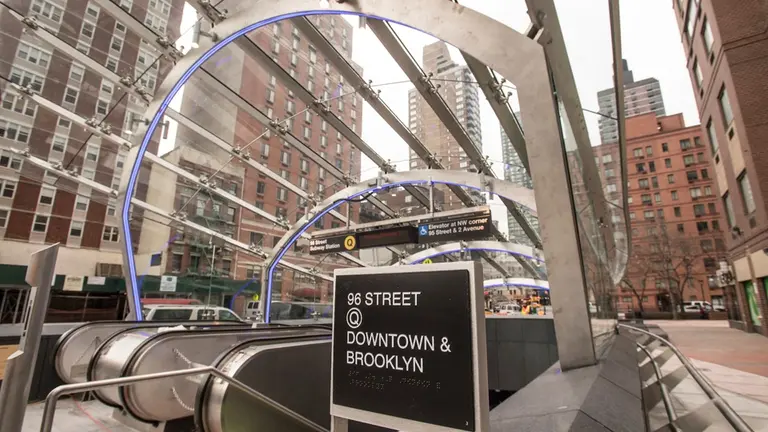
96th Street entrance to the Second Avenue Subway, via MTA/Flickr
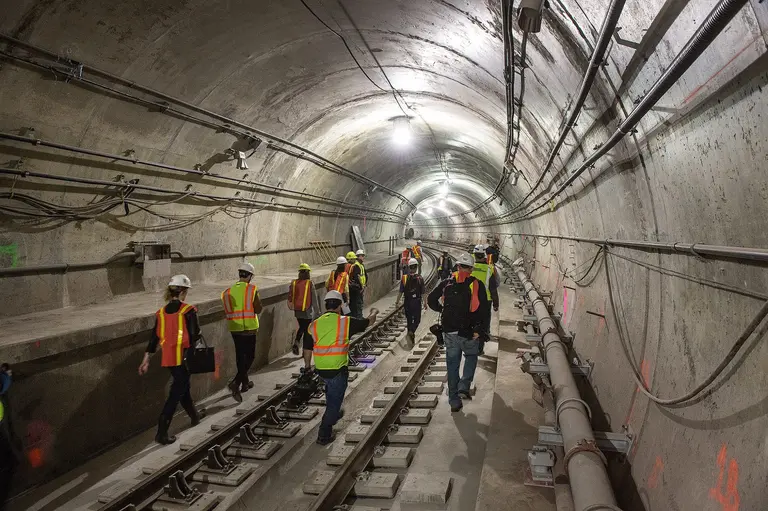
Construction workers giving a tour of the Second Avenue subway; photo via the MTA on Flickr

Construction workers giving a tour of the Second Avenue subway in 2015, photo via the MTA on Flickr